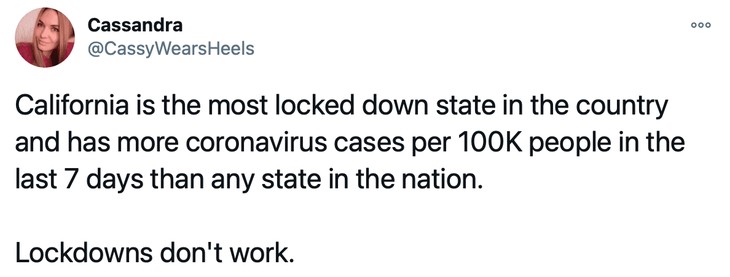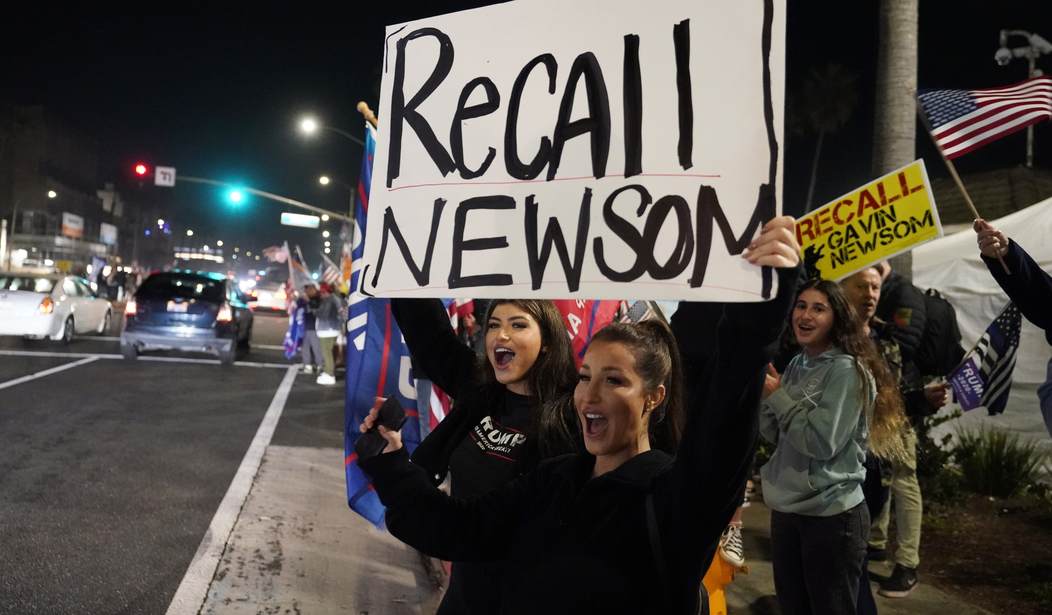When it comes to deadly pandemics, we’re comparatively lucky that we got the Wuhan flu as our once-in-a-century infectious diseases.
Our last pandemic — the Spanish flu of 1918 — finally came to a stop almost exactly a century ago. That pandemic lasted for about 26 months, and is estimated to have killed between 17 million and perhaps as many as 100 million people.
That’s out of a global population of about 1.5 billion, or a mere one-fifth of the number of human beings alive today.
America was lucky back then, too, “enjoying” one of the lowest death rates among the world’s nations. Our still-largely rural population at the time probably helped. If something as deadly as the Spanish flu were to hit us today, approximately two million or more Americans would die from it — and that’s if we were still that rural. In fact, it would probably kill very many more.
There would be no debate or confusion about whether anyone died from the virus or with the virus.
Nobody worried about comorbidities with the Spanish flu, which was particularly cruel in its selection of victims. Rather than taking out the old and/or sick, the Spanish flu’s appetite was sated mostly by young and otherwise healthy adults in the prime of life.
I don’t mean to take away from the Wuhan flu’s terrible toll, but things could be far, far worse.
The problem though is that while things today aren’t nearly as bad as they were in 1918-20, they’re much worse than they ought to be.
If we’ve been lucky in our choice of once-in-a-century pandemics, we’re suffering from terrible bad luck in our political leadership.
The first thing an ambitious politician must do in a crisis — large or small — is to get out and be seen “doing something” about it.
The two worst examples are the governors of our two largest blue states: Andrew Cuomo of New York and Gavin Newsom of California.
The latest self-inflicted crisis in New York is due to Cuomo’s need to be seen “doing something” for minorities and other favored interest groups.
This is—yet another—terrible idea. "Eligibility certification" will slow things down and will not make up for the real problem—slow and inefficient distribution. And what the heck with that penalty? The punitive, counterproductive mindset that underlies so much of our failure. https://t.co/bI4qccMTF3
— zeynep tufekci (@zeynep) January 3, 2021
Compare that to the Washington, D.C., health department, where they’re “explicitly telling providers: If you have vaccine doses that have been thawed and are about to expire, give them to anyone.”
And it isn’t just D.C. where they’re being responsible. Pharmacist Matt Dawson reports that “This is true of every responsible state,” and that his governor, Louisiana’s John Bel Edwards (D), “gave we pharmacists explicit instructions not to waste vaccine.”
You shouldn’t have to go to semi-random Twitter users to discover facts like these about New York compared to the rest of the nation, yet here we are.
Cuomo’s action will get people of all colors killed, but at least he’s being seen “doing something.”
Then there’s California, where despite Florida levels of sunshine and Soviet levels of economic activity, we have this result:

You shouldn’t have to go to semi-random Twitter users to discover facts like these about California, yet here we are again.
Depression is up. Suicides are up. Drug abuse is up. People are skipping needed surgeries. Businesses and lives, ruined. But all that’s OK because Gov. Newsom is “doing something” about the pandemic.
Yeah, he’s making it worse.
In a country with a healthy polity, both Cuomo and Newsom would have been hounded from office by now. In Cuomo’s case, his ouster from public office would be followed up with charges of negligent homicide over the deaths of thousands of nursing home residents on his order.
Instead, both men’s efforts are feted by the Democrat-Media Complex as bold examples of strong leaders “doing something” about the pandemic.
Even if what they’re doing is wrong.
Restaurants and children are proven not to be transmission risks, and yet the first thing so many governors have done — and continue to do — is close restaurants and schools. The reason seems to be nothing more than doing so is a very visible way of being seen “doing something.”
Closing small shops where few people congregate is another way to be seen “doing something.” But since people gotta eat and buy webcams for their Zoom conferences, big-box retailers — where many people gather — are allowed to stay open.
Establishing “Seniors Only” shopping hours to protect our most vulnerable makes much more sense than shutting down mom-and-pop stores, but that option has two serious downsides: It doesn’t require a government order and it doesn’t look nearly as dramatic on the evening news.
I’m reminded of a quote that’s been wrongly attributed to several people, and borrowed and repeated by many.
At the first rehearsal of Irwin Shaw’s play, “The Assassin,” Producer Martin Gabel noticed a young actress gesticulating wildly instead of remaining motionless. Gabel shouted: “Don’t just do something; stand there.”
The government’s job should be limited — if that’s the word — to marshaling resources, establishing recommendations for best practices, and personally setting good examples.
The federal government has done a pretty damn fine job on that first item. Thanks to quick action mostly on President Donald Trump’s part, the worrisome ventilator crisis of last spring never materialized, and multiple vaccines have been produced and distributed in record time.
At the state level, however, we’ve seen too many governors and mayors relying on hamfisted and counterproductive lockdowns. And instead of setting good examples for the rest of us, when they aren’t wanting to be seen “doing something,” they’re wanting to be not seen dining at the French Laundry or enjoying beach vacations in the Caribbean.
We could use a lot less “doing something” and a lot more “just stand there.”










